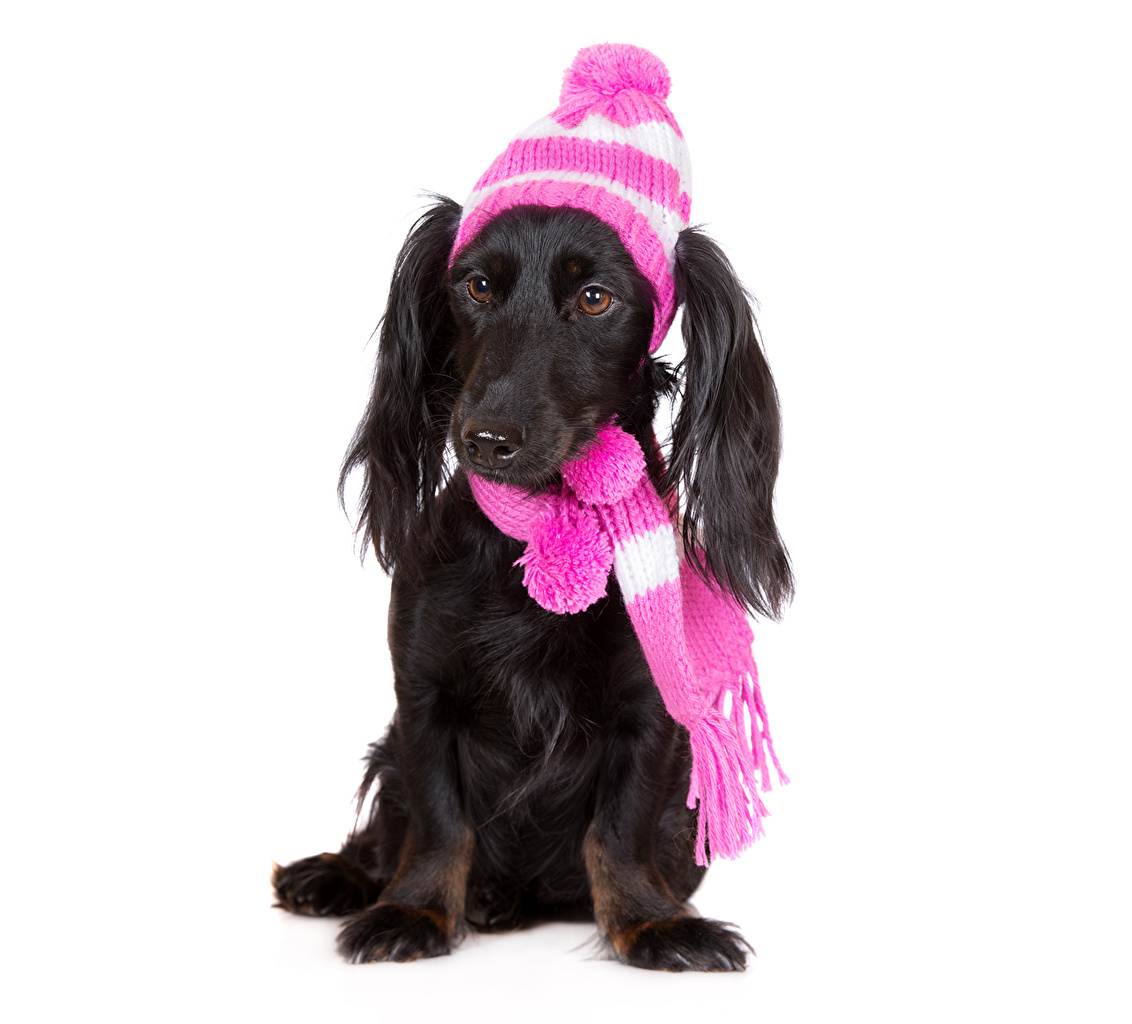Avoid Thin Ice
Too often we hear stories of dogs that had to be rescued from icy waters (and those are the lucky ones). It might look like fun to slide across that frozen pond, but ice can easily crack, and your dog, and you, could fall in. Slipping on ice can also lead to muscle strains and other injuries.
Protect Your Dog’s Paws
Look at the Iditarod sled-dog teams, and you’ll notice that their paws are covered by booties. Mushers know that the race may be lost because of injuries and abrasions from running on ice. Even if your dog isn’t dashing through 1,000 miles of frozen Alaskan wilderness, winter conditions can still do damage. Different retailers offer dog boots or paw protectors that work well to keep your pup’s feet safe.
Trim Foot Fuzz
The hair on the feet of long-haired dogs can form ice balls between pads and toes. Keep them well trimmed, cutting the hair so that it is even with the surface of the foot.
Clean Your Dog’s Feet
City streets are coated with deicing substances, such as sodium chloride (rock salt) and calcium chloride, which make sidewalks safe for pedestrians, but can damage paw pads. Make sure you wash off your dog’s feet. Some people keep a bucket next to the door to rinse their dog’s feet as soon as they come in from the cold. Use warm water and make sure to reach spots between the toes and pads. Some dogs will also need a moisturizer for dry skin.
Limit Dog’s Time Outside
Dogs can suffer from frostbite, especially on delicate earflaps and tail tips. In extreme cold, it’s a good idea to keep dogs inside, with the exception of the heavy-coated northern breeds that thrive in low temperatures. If it’s not possible to keep the dogs indoors, be aware of the major signs of frostbite, which include skin that appears white or blue.
Stay In
Even a big fuzzy dog that lives indoors will need some time to acclimate to freezing temperatures. Short romps outside will help your dog’s body get used to the change in the weather.
Bundle Your Dog Up
Sure, most dogs have their own coat, but you wouldn’t want to go out in a blizzard in a light spring jacket. Make sure small, delicate, and short-haired dogs, even large ones like Greyhounds, have an appropriate winter wardrobe. Bonus: You can have fun dressing them up.
Consider Your Dog’s Age
Where climate is concerned, age is more than a number. Like humans, very young and very old dogs have a hard time regulating body temperature, so they have more extreme reactions to changes in the weather. Romps in the snow may be too much for their more delicate constitutions. Keep the oldsters and the puppies indoors as much as possible.
Beware of Antifreeze
As little as a teaspoon of antifreeze can cause kidney failure. Be alert to the signs that your dog has swallowed some of it, which include drooling, vomiting, seizures, excessive thirst, panting, lethargy and a drunken appearance. If you think your dog has ingested antifreeze, it’s important to get to a vet as soon as possible. Even if you keep your antifreeze safely tucked away, there is still a danger from residue in the streets. Most antifreeze is green ethylene glycol, but it comes in several different colors. So watch where your dog is sniffing.
In case your dog does run into any unfavorable winter side effects, download our Emergency First Aid for Dogs e-book below, and always be sure to consult your veterinarian.
Thank you to the American Kennel Club for these useful tips!
